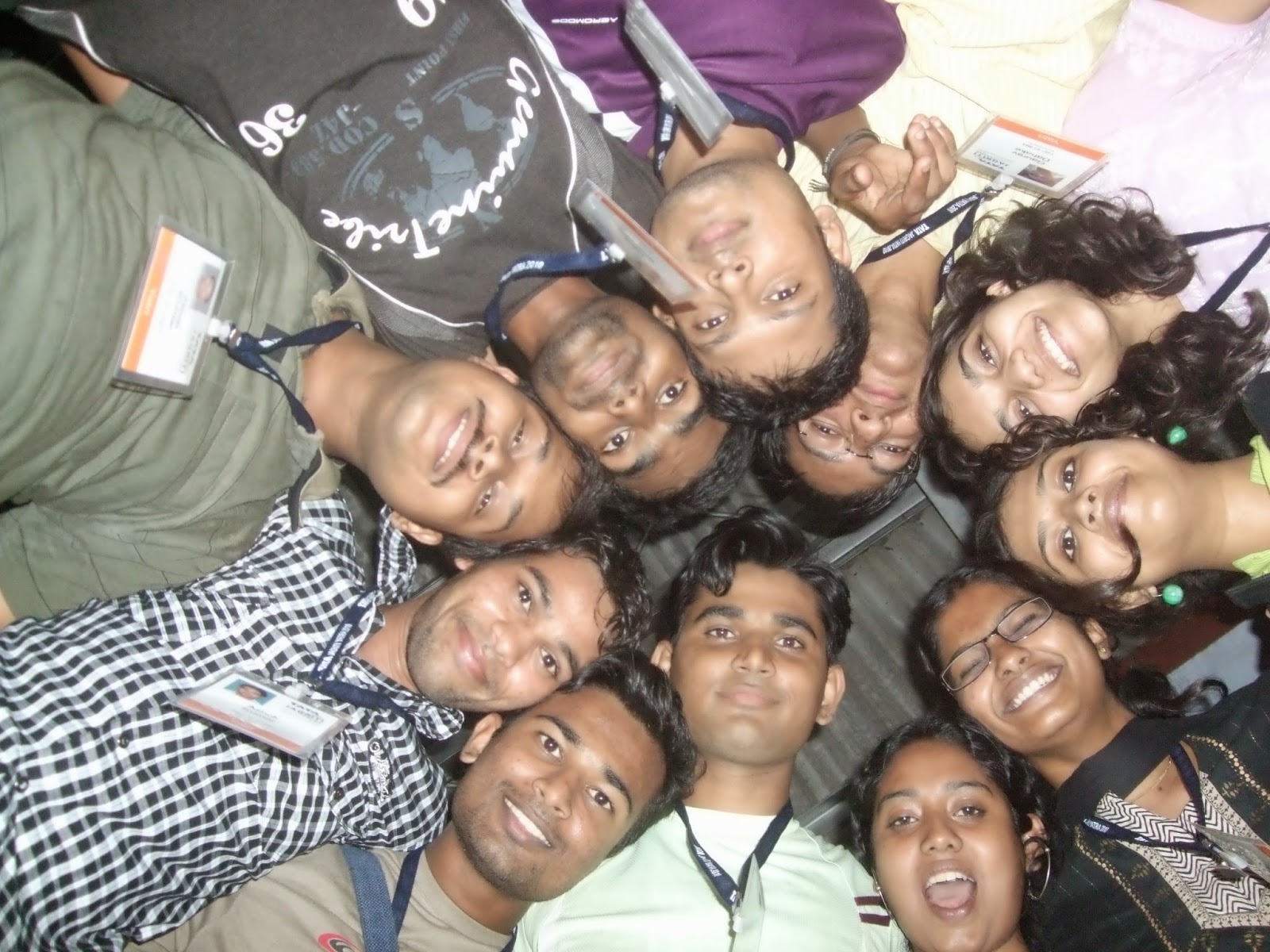I went to Jagriti Yatra when it was still called 'Tata Jagriti Yatra' and the experience still worth recounting. I cant help but think of those semester on wheels with fond memories and truly a train of thought and experience that you can never shake off yourself.
9000 kms 18 days 13 role models 400 yatris from 23 states
and 7 countries – Tata Jagriti Yatra was what it can only be – an incredible
adventure of mission, passion and purpose.
 |
| My Group 'I' |
We started off on the Christmas eve with lit candles,
glowing faces happily singing carols and inviting the huge 18 bogey Santa, our
home for the next couple of weeks. We were all excited to meet our neighbors
(cohorts) who were from different states, background and sometimes even
different countries. Even during the
facilitators workshop on the previous day and in the preliminary group intro’s
it was quite evident that this group of 400 is a handpicked lot of the best and
most diversified group and most learning as it rightly turned out to be was
from our own peers.
We started out with a fun evening in Kochivalli Beach Technopark , India
 |
| TJY Train - Our home |
The next stop was in Kanyakumari,
where we had a fitting spiritual discourse on the rock memorial by Swamiji who
had traveled with us briefly from Kochivali to Kanyakumari. We had our first
panel discussion on ‘Starting the Enterprise ’
by eminent panelists who shared with us, their journey of Entrepreneurship and
a number of innovations in marketing and strategy adopted by them.
From Kanyakumari we reached Madurai
The next stop was Chennai,
where we went to meet the vibrant Mr.Elango of the Kuthambakkam Village
Next stop was the dream B-School ‘ISB’ in Hyderabad Asia
where tons of rice, dhall and sabji get cooked every day to serve more than one
lakh children in the government schools of Andhra Pradesh. The logistics and
scale of the work and the passion with which it is carried out every day
touched our hearts.
 |
| Panel disc in Hyd |
The next destination was the steel city, Jamshedpur Jhamshedpur around it.
 |
| Culturals @ Jamshedpur |
Back in train and back to the milling grind of the city. The
capital city Delhi
Back to the villages again. This time we were in Tilonia, Rajasthan. The world famous Barefoot College
 |
| Gram Vikas School, Bhuvaneswar |
It was so difficult to believe that we were already in the
flag end of the journey. We had had a lot but we were hungry for more.
We were in the last stop of this epic journey, Mithapur in Rajasthan. After a very
warm welcome by the Tata Chemicals, we quickly visited the archives, the rock
garden and were briefed about a number of eminent people who were the reason
behind the majestic industry that stood there. After that we went onto the
exhibition centre of Okhai, the cutting and stitching units and also went to
the different villages were the Okhai team worked with the village women folk.
It was interesting to note the amount of difference this work had brought onto
the life of the villagers. I would consider my encounter with these women as the
pinnacle of the entire Yatra. There was this illiterate woman from this remote
village, who looked at us and asked us what we are going to do to build the
nation, once we go back after the yatra. This woman was not talking about
earning a few extra bucks or about improving her village, not even about
building an enterprise, she was talking to us about building the nation.
To her, and to the thousands of people in different parts of
the country who gave us a warm reception and hosted us and looked at us the
future of this country, I owe to give my best in building this great nation to
greater heights and greatness, in bringing dignity into the lives of my
countrymen and equality of opportunities for all and compassion in every
relationship. I shall strive to be the best that I can be in whatever I do.
Bharat Mata Ki Jai
!!!!! Jai Hind!!!!!!!!!!!
Jai Ho!!!!!!!!!!!!!












